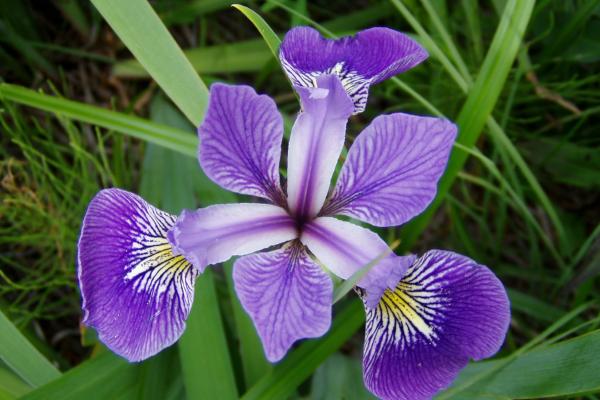40th Annual Waller Lecture Series: Graduate Students Keeping Pioneer Plant Scientist’s Legacy Alive

Department graduate students (first in botany, now in molecular genetics) have organized and presented the Annual Adolph E. Waller Memorial Lecture Series since 1976. Established by Waller’s bequest, they are solely the responsibility of the graduate students.
Waller’s will clearly spelled out the purpose of the lectures that carry his name: an annual lecture series (both public and technical) organized and run by department graduate students, offering a forum for prominent scientists to discuss leading issues in plant sciences.
This is the 40th year they have done so — a milestone honoring his memory, promoting their field and creating their own legacy in the process.
This year’s Waller Lecture organizing committee, comprised of all graduate students in the Department of Molecular Genetics, includes: Kara Braunreiter: scheduling; Natalie Deans: food; David Glasbrenner: communications; Shobhana Rajasenan: chair and speaker arrangements; Tom Wu: room bookings and AV.
SCHOLAR, TEACHER, MENTOR, FRIEND
Waller received a PhD from Ohio State in 1918, did postdoctoral research at the Royal Botanical Gardens in England and ultimately returned to Ohio State where he was a botany faculty member for 45 years (1919-1964). An outstanding teacher and field botanist, Waller encouraged his students to pursue graduate education — at a time when few sought graduate degrees, and few encouraged them to do so.
Waller was passionate about promoting scholarship in his field and published numerous influential publications. In the 1930s, Waller's investigations of Xenia in Maize led him to Central America where he became fascinated with the history and culture of the early Maya. His travels inspired him to examine the cultural significance of the development of maize as a Western Hemisphere agricultural crop.
SCIENCE IN THE PUBLIC SERVICE
His many contributions to science and humanity included:
- Work to increase food production during WWI
- Efforts to control flooding of Ohio’s Miami River Valley using native grasses
- Studies of the impact of air pollution from copper smelters on arid land crop production in the Salt Lake Basin
AN ENDURING LOVE OF GARDENS
Waller’s love of gardens was enduring. He designed and planted many gardens on campus and served as curator of the University Botanical Gardens for 15 years.
But, the garden he loved the most was the one he planted near the Botany and Zoology Building (now Jennings Hall). It was there he grew his Irises and did the first genetic studies on their hybridization and propagation. Indeed, his love of the Iris made him a pioneer in the field, recognized as its leading authority.
BEYOND BOTANICAL BOUNDARIES
Waller’s scholastic interest and activities extended far beyond botany. A visionary thinker, far ahead of his time, Waller embraced an interdisciplinary world and would be perfectly at home today in the College of Arts and Sciences.
Crossing boundaries, Waller developed two cross-disciplinary, upper-level courses:
- Economic botany
- History of botany
Waller’s natural gift for friendship extended to a large circle of friends and acquaintances. In A History of the Botany Department at the Ohio State University: the First 100 Years, Waller's late colleague Bernard S. Meyer, botany professor emeritus, wrote that, “He commanded respect and affection and could discourse in depth about the arts, literature and music, as well as science.”
